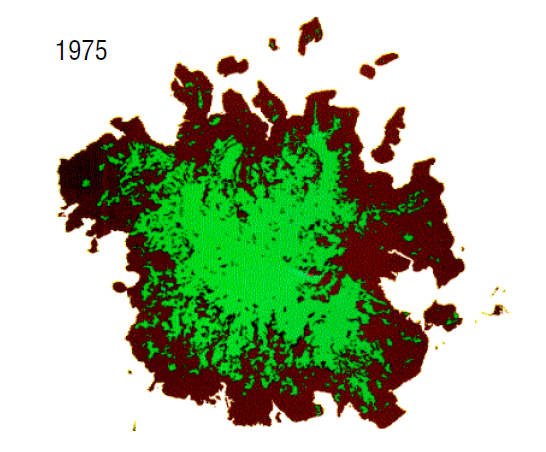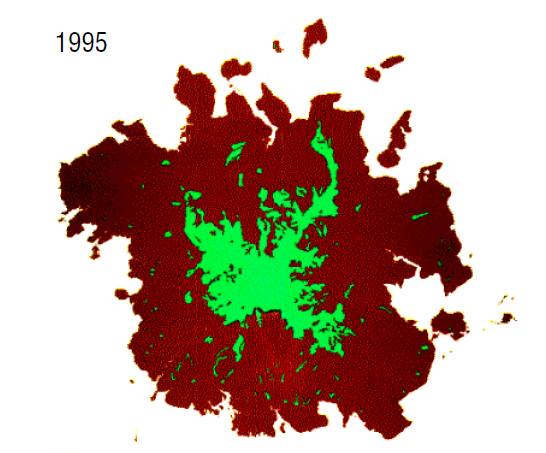FSM’s Forests
FSM has a long history of disturbance from human settlement and use, which has influenced the forest structure and species composition over time. FSM lost about 17% of forest cover between 1976 to 2006. The main driver of forest loss has been conversion of native forest to agroforestry.

Forest loss in Pohnpei has been particularly severe with ongoing conversion of upland forest to Kava production.
Changes in Pohnpei native forest cover between 1975-1995


The Yela forest in Kosrae provides a model for the protection of FSM’s remaining forests
The Yela Conservation Easement protects the largest remaining strand of Ka (Terminalia carolinensis) forest in the world. With the Conservation Easement in place, the landowners retain the title to their land, but in return agree that no development will occur in the area that will compromise the health and integrity of the forest. A Trust Fund was established which compensates the landowners annually. The success of this arrangement means that the landowners and the state of Kosrae will ensure that the forest is managed and conserved in perpetuity. Importantly, the landowners can continue to receive financial benefit from their land without negative impacts to the forest.
